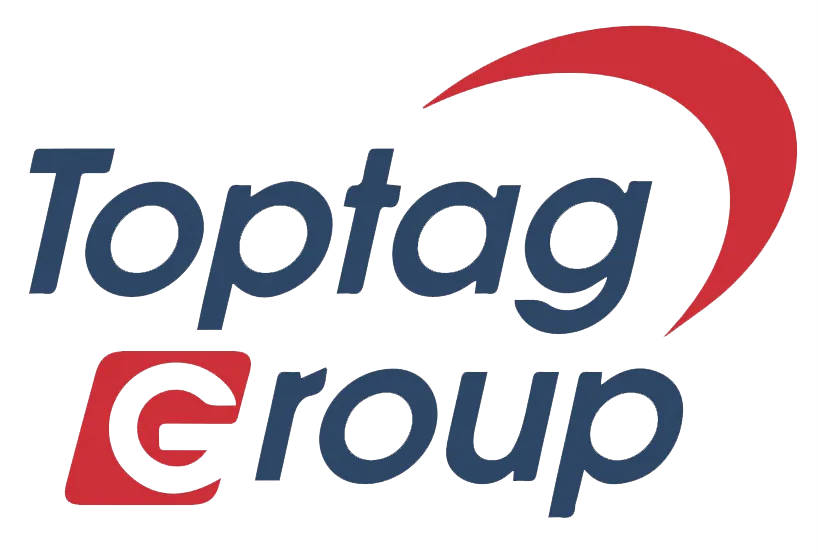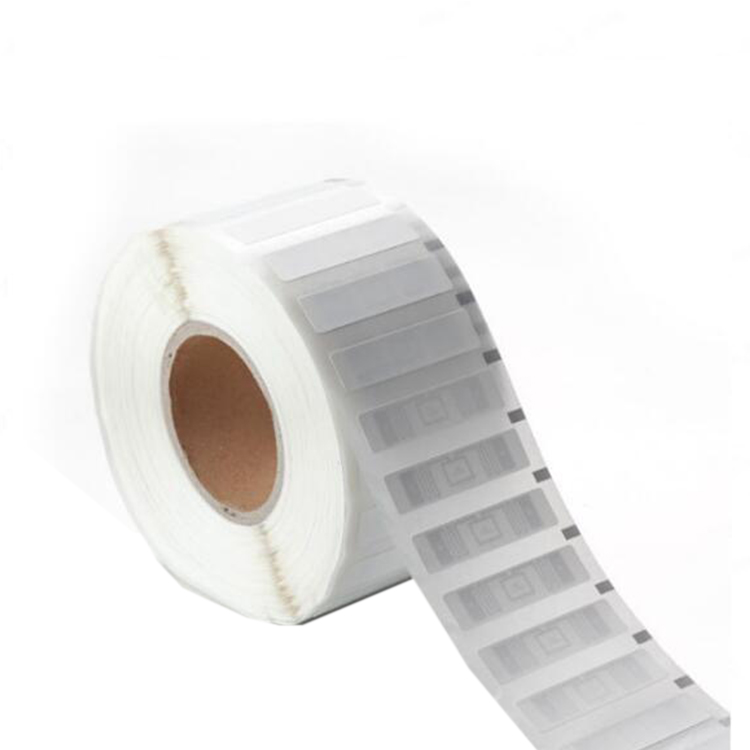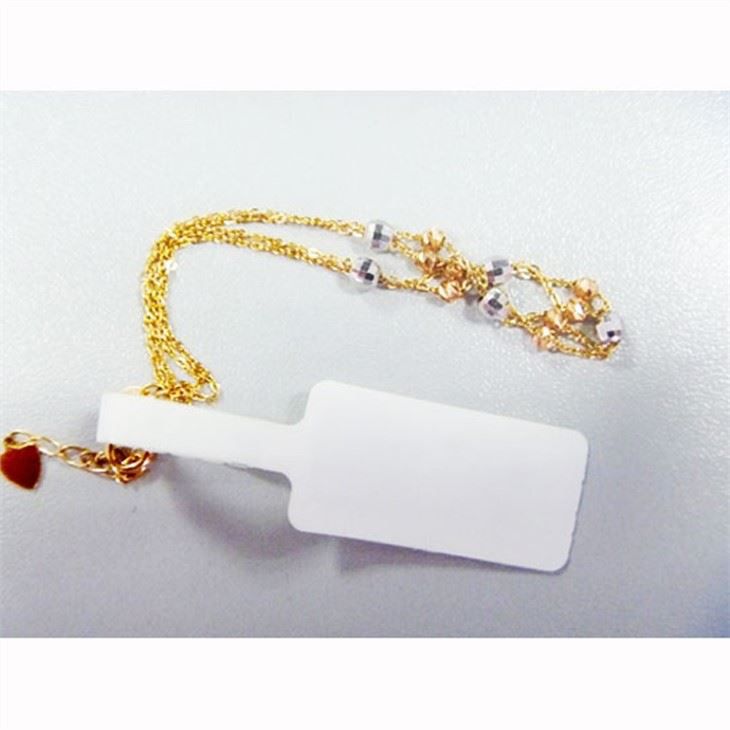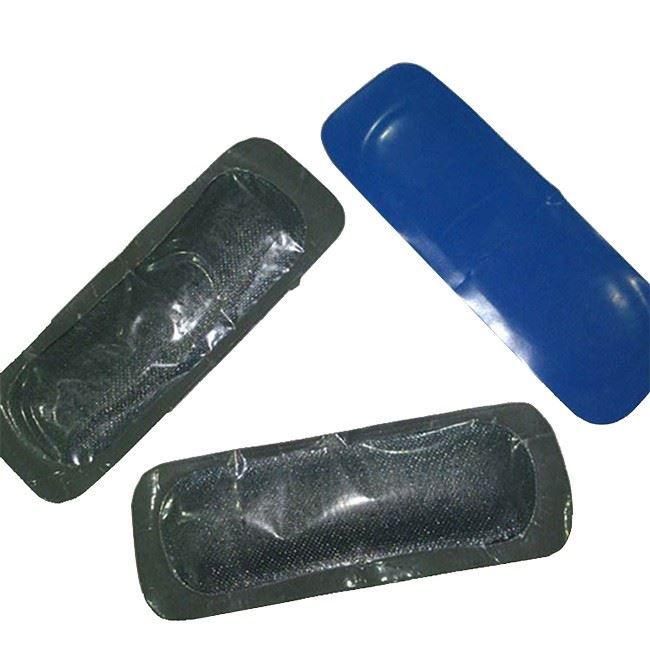Electronic tags are an important component of RFID system applications. As a data carrier, electronic tags can play a role in identification, item tracking, and information collection. The RFID system, composed of electronic tags, readers, antennas, and application software, can be directly connected to the corresponding management information system to accurately track each item. This comprehensive information management system can bring many benefits to enterprises, including real-time data collection, secure data access channels, and offline access to all product information. Nowadays, RFID technology has been widely used in automated management in industries such as industry, commerce, manufacturing, and service.
RFID electronic tags can be divided into low frequency (LF), high frequency (HF), and ultra-high frequency (UHF) according to their operating frequency. The working principle of RFID varies in different frequency bands. Low frequency and high frequency RFID electronic tags generally use the principle of electromagnetic coupling, while ultra-high frequency RFID electronic tags generally use the principle of electromagnetic emission.
The operating frequency range of low-frequency electronic tags is 30kHz to 300kHz, with typical operating frequencies of 125KHz and 133KHz; Low frequency tags provide energy and transmit data through inductive coupling, and are generally passive tags; The reading distance is generally less than 1 meter and can only be used for low-speed and close range recognition applications. It is suitable for animal recognition, container recognition, tool recognition, electronic locking anti-theft (car keys with built-in responders), etc.
The working frequency range of high-frequency electronic tags is 3MHz to 30MHz, and the typical application frequency in practical applications is 13.56MHz; The way to obtain the working energy of high-frequency tags is the same as that of low-frequency tags, and generally passive methods are also used; Compared to low-frequency tags, high-frequency tags store a larger amount of data, have a faster data transmission speed, and generally have a reading distance of less than 1.5 meters. They can perform multi tag recognition and are suitable for electronic identity recognition, electronic tickets, campus cards, access control recognition, etc.
The operating frequencies of ultra-high frequency electronic tags are 433.92MHz, 840-845MHz, and 920-925MHz; Fast transmission speed, long reading distance, large storage capacity, can read multiple labels at once, and can be reused; The typical reading distance is 4-6 meters, with a maximum of over 10 meters; Widely applicable, it can be applied in logistics and supply chain management, production line management, aviation, intelligent shelving, retail, warehouse management, manufacturing and other fields.
RFID electronic tags play an important role in various industries, with each frequency having its own characteristics and being suitable for use in different fields. When choosing RFID electronic tags, enterprises can consider factors such as usage scenarios, quantity, distance, etc., and choose RFID electronic tags that are suitable for the frequency band.
Related Products







